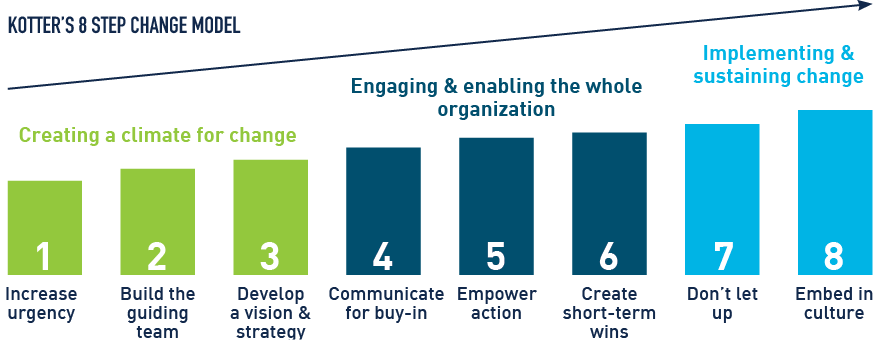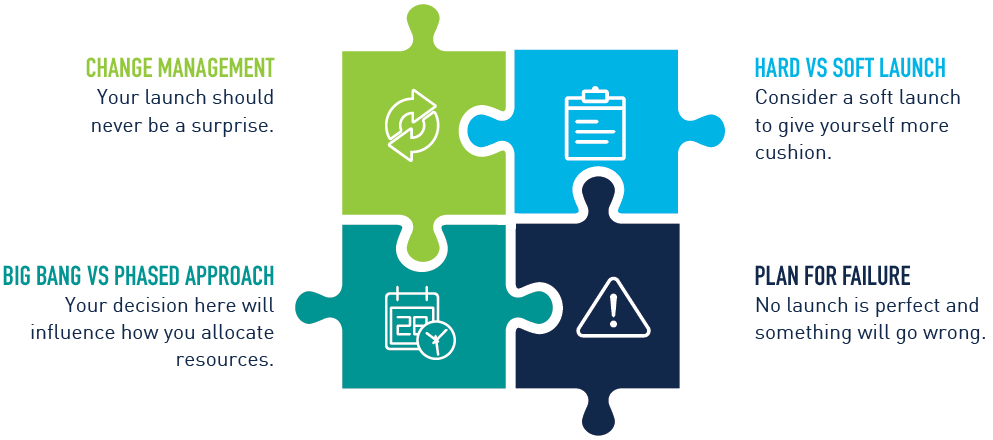People have always sought out new employment opportunities by convincing someone that they are the best choice. While the art of persuasion has not changed, technology and customs have shifted rapidly since the days of papyrus, vellum and fax machines; what was once strange and new becomes the norm, while the tried and true seem outdated.
For instance, going door to door with the classifieds in search of work seems as absurd now as recording a video interview on your phone would have been just a few years ago. As technology matures and hiring practices change, it’s important for employers to understand the new solutions being put into place.
This article explores video interviewing and related technologies and some of the legal implications to keep in mind before implementing a new tool as part of your hiring process. Please note that this article does not constitute legal advice and does not establish an attorney-client relationship. If you need legal advice, please contact an attorney directly.
Benefits of Video Interviewing
The most common form of video interviewing, and the subject of this article, is asynchronous or one-way interviewing. The candidate records answers to a series of predetermined questions on a laptop or smart device as part of the initial screening process. The recruiter or hiring manager is then able to review the candidate’s video and see how the questions were answered. There are a number of advantages to this approach to the hiring process.
PeopleScout’s Affinixtm
| The video interview and digital assessment capabilities of PeopleScout’s proprietary talent technology, Affinix, provides our clients with a clearer picture and more insight into potential employees. This simplifies the screening process, allowing PeopleScout to share top candidates with hiring managers faster. The video interview process embedded within the Affinix platform is easy to use: Your team creates the questions you want candidates to answer. You can choose a combination of video, multiple choice or essay-style questions as part of an assessment. Candidates respond to your questions just like they would in a face-to-face interview; the only difference is that the responses are recorded and stored for you to review. Your team evaluates, reviews and rates responses when convenient. Because responses are recorded, your team can go over answers as many times as needed, allowing for a more careful analysis of candidate responses than traditional, face-to-face interviews. Built on the Amazon cloud (AWS – Amazon Web Services), Affinix is a stable and secure platform. All information is secured in the AWS cloud for you to access at your convenience. Using the digital interview capabilities of Affinix is a great way to replace or supplement telephone or first-round interviews. |
Larger Candidate Pool
The hiring manager is able to review the interviews of a much larger pool of potential candidates. While a traditional interview might only be extended to the top five candidates, video interviewing allows the hiring manager to review every candidate who meets their other screening requirements. Additionally, candidates are not restricted to local markets, as interviews can be recorded from any location.
Consistency
The questions asked in the interview are consistent for all applicants. This allows for clear comparisons in responses. Furthermore, recording a set of pre-determined questions prevents interviewers from getting sidetracked or asking inappropriate or illegal questions during the interview. Finally, other decision-makers in the hiring process don’t need to rely on the impressions of the interviewer because the videos are available for review by multiple people.
Speed
Screening speed can increase with video interviewing because there is more flexibility for hiring managers. All questions are preset, so interviewers don’t need to spend time preparing for multiple individual interviews or coordinating schedules. Because the interviews are recorded, they can also be screened in batches and at convenient times for the reviewer.
Legal Implications to Keep in Mind
The advantages of video interviewing and other emerging technologies help promote a more consistent process that gives a greater number of candidates the opportunity to present themselves for consideration. However, the use of video interviewing technology does not absolve companies from their legal obligations in the hiring process from the risk of discriminatory practices; related technologies may even increase these risks. Companies should check with legal counsel, as well as human resources and information security experts, before adopting new hiring practices or technologies.
Emerging Technologies & Non-Discrimination

Video interviews have been around for a while. But, as they grow more common, new technologies emerge to complement them. One such technology is AI-assisted assessments, which use computers to analyse responses, facial gestures, intonations, and other displayed characteristics and screen out applicants that fail to meet the requirements of the specific algorithm. While technology that can prevent the hiring manager from having to even physically watch the interview has a powerful allure, AI-assisted assessments are not yet proven to be effective or non-discriminatory. For instance, a large online retailer encountered the unintended consequences of AI screening out protected classes of employees and determined that such solutions are not yet feasible. Plus, privacy advocates have requested government investigations into the secret algorithms used by a provider of AI-assisted interview technology. And, in the U.S., states are starting to look critically at AI-assisted hiring, with Illinois leading the way with new legislation.
In the U.S., the Equal Employment Opportunity Commission (EEOC) allows for video interviewing, but the rules against non-discrimination in hiring and employment do not change. Meanwhile, record-keeping requirements apply equally to video interviews; if a candidate has a disability that prevents them from providing a video interview, the employer must provide an alternative method of applying. And, while it is not illegal to learn of an applicant’s disability, such knowledge cannot be used to discriminate against that applicant.
Technology cannot eliminate human prejudices, and there will always be a risk of discriminatory behavior by bad actors. However, this risk can be mitigated to some degree by good processes, which can include video interviewing for the reasons set forth above.
International Considerations
Internationally, the European Union has one of the most expansive digital privacy laws in the world. The General Data Protection Regulation (GDPR) protects the data of EU citizens, giving them a broad array of rights including the “right to be forgotten.”
The regulation, which became official in May 2018, requires companies that recruit and process job applicant data to reveal all of the information it has on file about an individual when asked by the candidate. Under the GDPR, companies must rectify any inaccuracies and, at the candidate’s request, delete the information within 30 days.
The GDPR applies to all companies recruiting Europeans – regardless of whether the company itself is inside or outside EU borders. Fines for non-compliance to GDPR can amount up to a staggering €20M ($22.2 million U.S. dollars), or 4% of a company’s global revenue, whichever is higher.
What’s more, in Australia, before an Australian Privacy Principal (APP) entity discloses personal information to an overseas recipient, the entity must take reasonable steps to ensure that the overseas recipient does not breach the APPs in relation to the information (APP 8.1).
An APP entity that discloses personal information to an overseas recipient is also accountable for any acts or practices of the overseas recipient in relation to the information that would breach the APPs (s 16C).
New technology will not eliminate the need for employers to have a compliant hiring process or absolve them from decision-making. But, carefully selected solutions like asynchronous video interviews can bring significant advantages for both hiring managers and potential employees. With more candidates able to apply and a more consistent experience for both sides, video interviews can benefit everyone.


